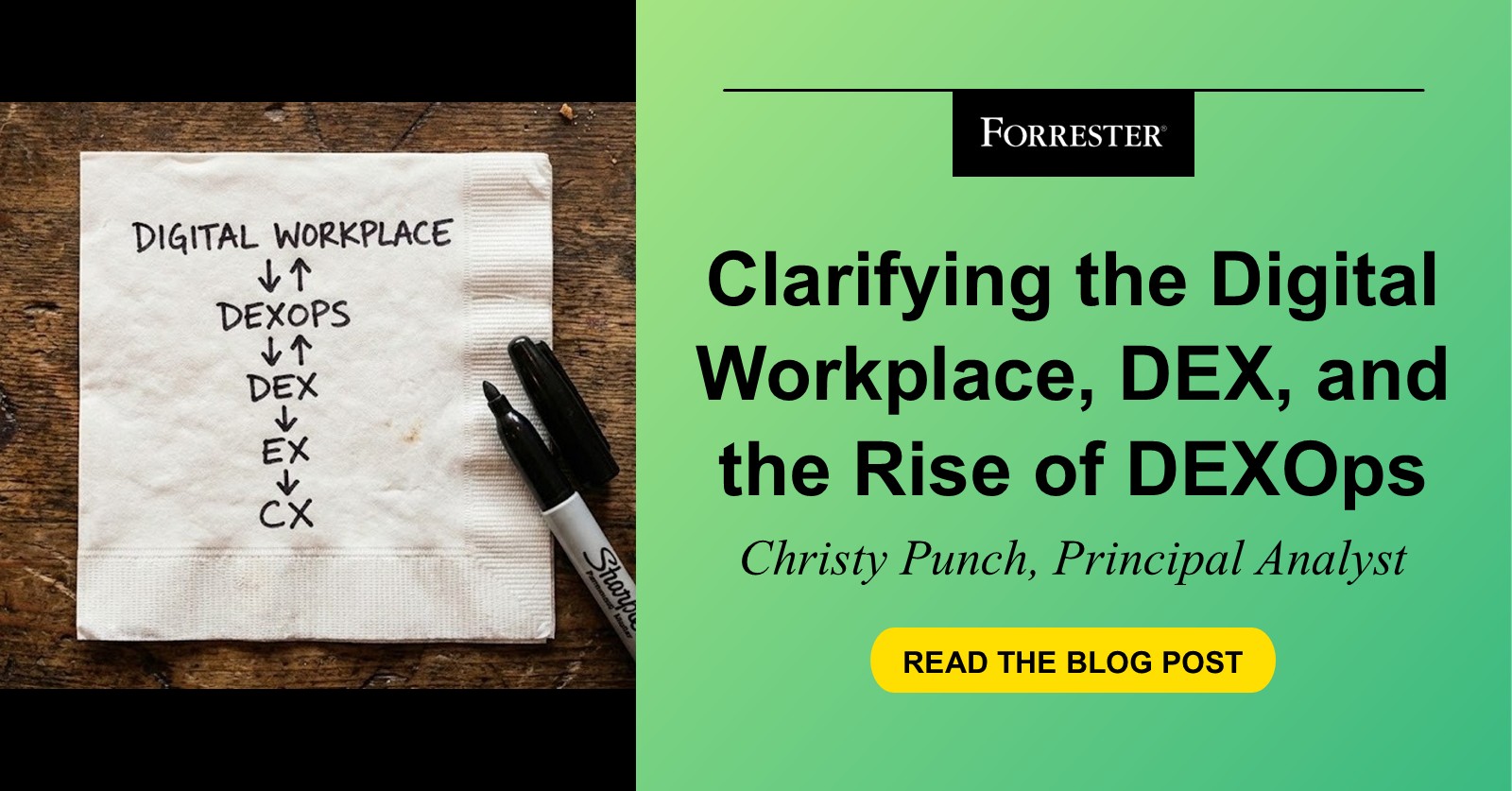Last week at Singapore Fintech Festival’s 10th anniversary, I sat down with senior leaders across payments companies, fintechs, and banks. What they told me – and what I witnessed on the show floor- revealed five forces reshaping the industry: agentic payments are moving from experiment to competitive weapon; payments-specific foundation models are emerging to challenge general-purpose AI; fraud management is now table stakes; transaction banking is delivering outsized AI returns; and stablecoins are fragmenting as they scale. Here’s what I learned:
Agentic payments move to the competitive front line
Forrester take: Two routes are converging: protocol standardization (ACP/SPT) to make agentic commerce interoperable, and multi‑rail enablement to ensure agents can pay anywhere with minimal “last‑mile” friction. Issuers, acquirers, and payment service providers (PSPs) must upgrade risk models to “recognize agents as actors” or “Know your agent”, ingesting new signals like SPT scope, agent reputation, and intent authorization context, while preserving merchant control and existing dispute flows. For instance:
Stripe + OpenAI launched ACP (Agentic Commerce Protocol), an open standard that lets AI agents, merchants, and buyers complete purchases safely while keeping the merchant in control (orders, payments, customer relationship). The debut product is Instant Checkout in ChatGPT, and the Shared Payment Token (SPT) allows an AI to pass a scoped, limited‑use reference to the buyer’s payment method to the merchant—without exposing credentials. Early partners and ecosystem moves (Salesforce, commercetools) aim to curb channel fragmentation for merchants.
Ant International’s Antom released an agentic payment solution built on MCP (Model Context Protocol), spanning alternative payments methods (APMs) and card rails, with an AI‑ready payment mandate model and EasySafePay (Antom’s digital checkout solution) to streamline APM checkout—and it’s open‑sourced. Mastercard/Visa are engaged to pilot card capabilities for AI agents.
Payments‑specific foundational models are breaking out of the lab
Forrester take: Expect a shift from general-purpose LLMs to industry-specific models like Ant’s and Stripe’s. Large payment firms and banks must decide whether to build or partner for access to these specialized models.
Ant International open‑sourced Falcon TST (Time‑Series Transformer)—a Mixture‑of‑Experts model (up to 2.5B parameters) with 90%+ accuracy on internal cashflow/FX exposure forecasting, helping Ant International to cut FX costs by up to 60%, and deployed with partners (e.g., airlines such as AirAsia) for price stability.
Stripe has also introduced payments‑focused foundation modeling for fraud and risk, now positioned to score agent‑initiated flows via ACP/SPT.
Fraud management is now table stakes—for banks and merchants
Forrester take: As deepfake-driven account takeovers, synthetic IDs, and agent hijacks rise, firms need a unified risk stack—device, identity (deepfake-aware), transaction, and agentic signals—covering the entire customer journey. Embed liveness and deepfake checks at onboarding, fuse agent context (SPT scope, authorization window) into real-time scoring, and pair generative embeddings with deterministic rules to combat novel attack vectors.
Visa (via Featurespace) is scaling TallierLTM, a generative Large Transaction Model trained on billions of transactions; adding its embeddings to standard fraud models lifted fraud value detection by up to 71% at typical false positive rates.
Tencent showcased an FI risk suite—decision engine, device intelligence, eKYC, and deepfake detection (AI Face Shield). Ant Digital Technologies doubled down on deepfake offense/defense with million‑scale multimodal datasets and global challenges/workshops to harden detection for financial use cases.
Transaction banking is a pragmatic AI beachhead
Forrester take: Build an AI adoption heatmap for transaction banking use cases. Start with areas showing mature AI track records and expand systematically. For instance:
The long‑standing pain—document review, exceptions, reconciliation, payments/settlement operations—is ripe for genAI and agentic orchestration.
Nucleus Software is deploying AI across invoice segmentation, anomaly detection, and FX forecasting within transaction banking suites (e.g., FinnAxia). Veefin brings AI‑powered delinquency management and multi‑party communications to supply chain finance, strengthened via acquisitions that added GenAI and end‑to‑end workflows.
Stablecoins: more use cases, but a more fragmented 2026
Forrester take: Stablecoin-based payment use cases are expanding across corporate treasury, crypto card issuing, cross-border remittance, and cross-border B2B payments. However, the stablecoin ecosystem is becoming more fragmented. Stablecoins offer benefits like automated settlement and programmable features but are not a payment panacea. Banks and payment firms should also explore tokenized deposits and CBDCs as alternative rails. What I saw last week:
Multiple regulated stablecoin issuers are competing head-to-head. Ripple’s RLUSD (NYDFS trust framework) surpassed $1B in circulation and is being piloted with Mastercard/WebBank/Gemini for stablecoin‑based card settlement on XRPL—one of the first bank‑settled, public‑chain pilots in mainstream card flows. Paxos gained full MAS approval to issue a USD stablecoin in Singapore, with DBS as cash management & reserve custodian; USDG distribution expands via institutional networks. Circle is actively reducing cross‑chain USDC fragmentation with Cross-Chain-Transfer-Protocol (CCTP), Gateway, and Bridge Kit, plus Chainlink’s cross-chain interoperability protocol (CCIP) integration for secure interoperability.
But fragmentation persists as assets, chains, and regimes multiply—even as volumes and supply hit new highs. Expect multi‑issuer, multi‑chain liquidity and regional regulatory divergence to continue into 2026.
Alternative payment rails (APMs) are on the rise while card payments are evolving, not retreating
Forrester take: Alternative non-card payment infrastructure and card payment infrastructure will co-exist. Both are advancing digital payments and displacing cash and paper checks. Banks and payment companies should embrace both rather than choosing one over the other.
Ant International’s Alipay+ now connects 40+ wallets/digital banks across 100+ markets, reaching about 1.8B users, with standardized QR interoperability and AI‑assisted travel/merchant services—materially boosting SME acceptance in tourism flows.
Alternative payment solution provider Boku launched a Singapore Innovation Hub focused on real‑time FX, cross‑border payouts, AI/blockchain to simplify global merchants’ money movement across 200+ local payment methods and 7B+ accounts.
Offline resilience: CMA Small Systems and Crunchfish are adding an offline contingency layer atop national real time gross payment network so payments continue through connectivity/system outages.
Virtual cards and stablecoin-linked cards are driving issuer tech demand. For example, card issuing fintech provider Paymentology is accelerating card issuance for digital banks across APAC, EMEA, and LATAM—from months to weeks. Meanwhile, Ramp, Coupa, and Brex are aggressively advancing virtual card adoption in the U.S for B2B payments which replace check payments.
Envisioning the future of payments
The next chapter of payments will be agent-led, model-driven, and multi-rail. Agentic payments and stablecoin payments standards (e.g., ACP, CCTP, CCIP), domain-specific foundational models (e.g., Falcon TST, TallierLTM), and non-card payment infrastructure (e.g., Alipay+, Boku) will collectively shape the future of payments.
To learn more about the future of payments, agentic payments, cross-border payments, identity and security technologies, and fraud management, Forrester clients can read Forrester’s relevant reports and blogs (see the below links) or request a guidance session or inquiry with me.
Predictions 2026: Payments
The Forrester Wave™: Enterprise Fraud Management Solutions In Asia Pacific, Q4 2025
The Merchant Payment Providers Landscape, Q4 2025
Predictions 2026: Asia Pacific
How Stripe And Bridge Are Pushing Stablecoin Real-World Adoption: A Conversation With Mai Leduc
Navigating The Terminology Jungle Of Cryptocurrencies, Stablecoins, And Other Constructs
The Future Of Payments
The State Of Digital Retail Payments In Asia Pacific, 2024
The Cross-Border Payment Solutions For B2B Landscape, Q1 2024



























